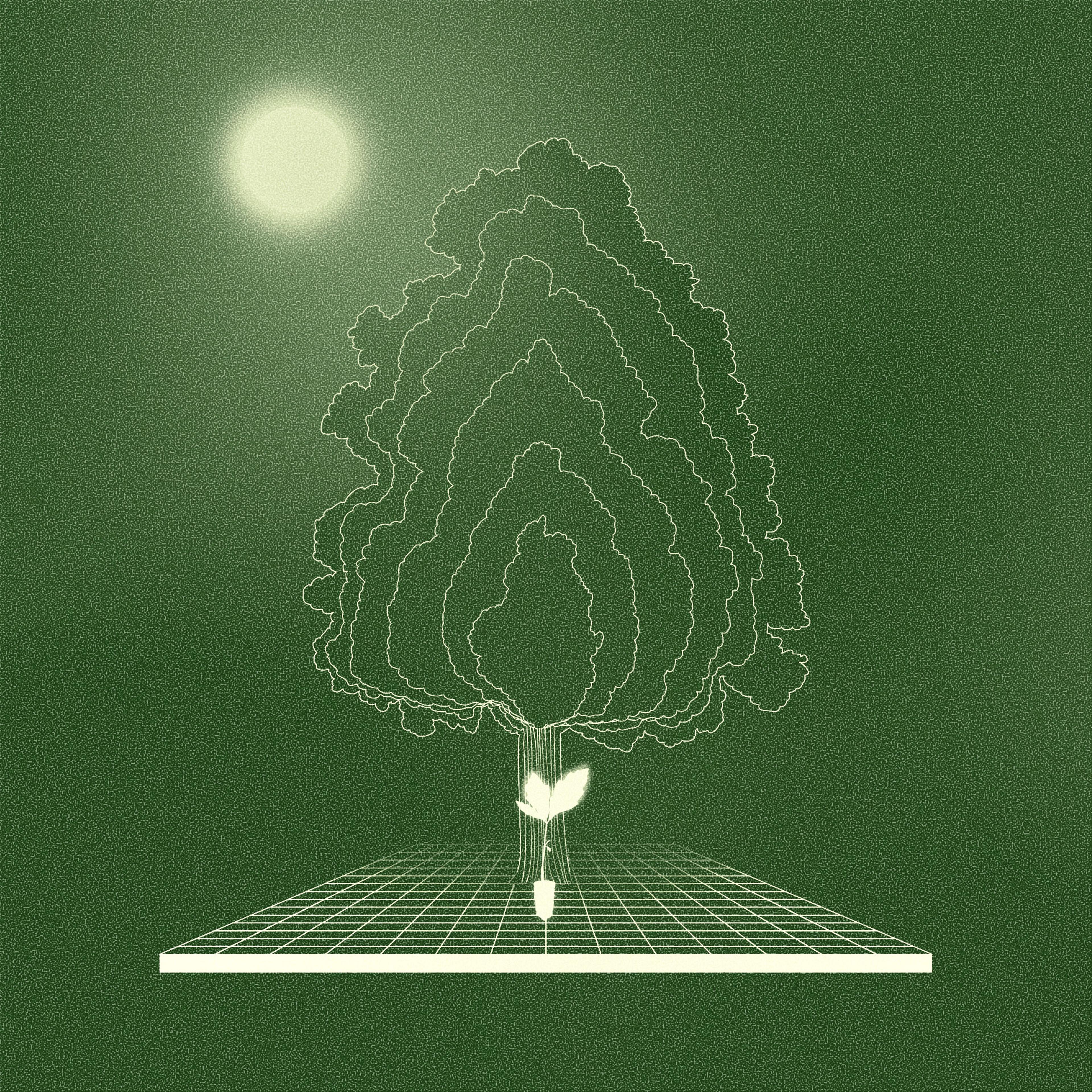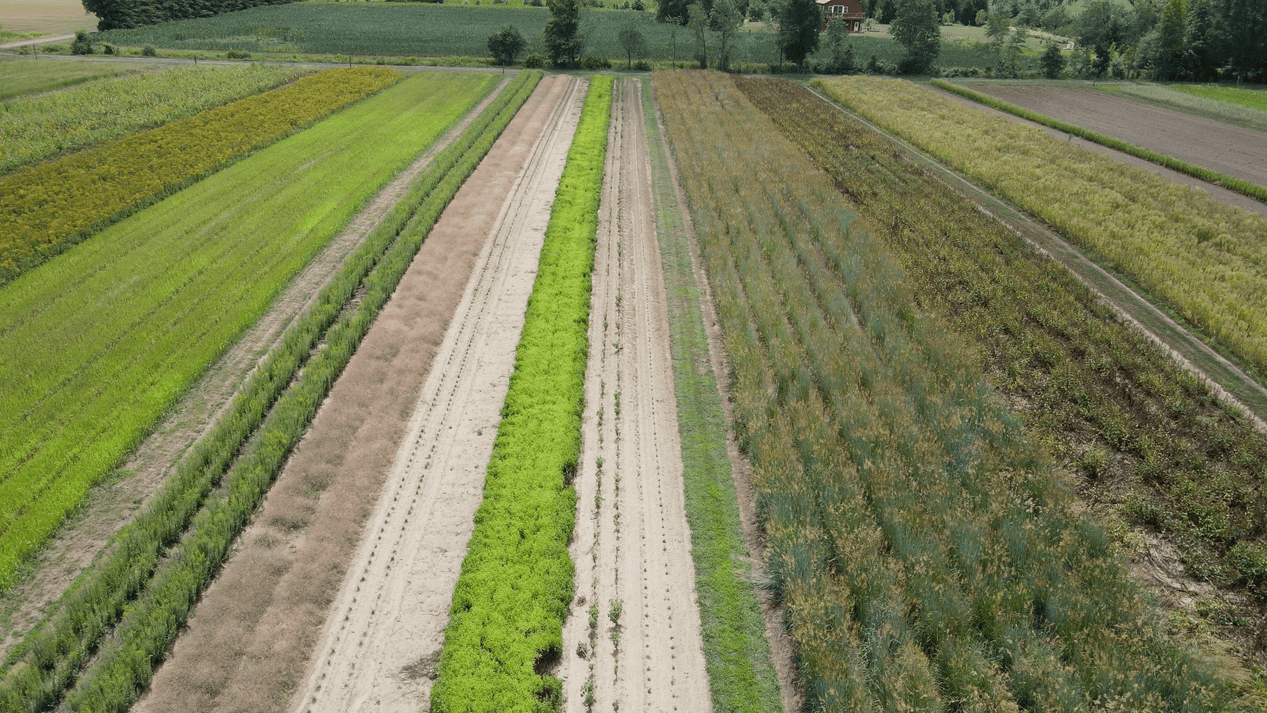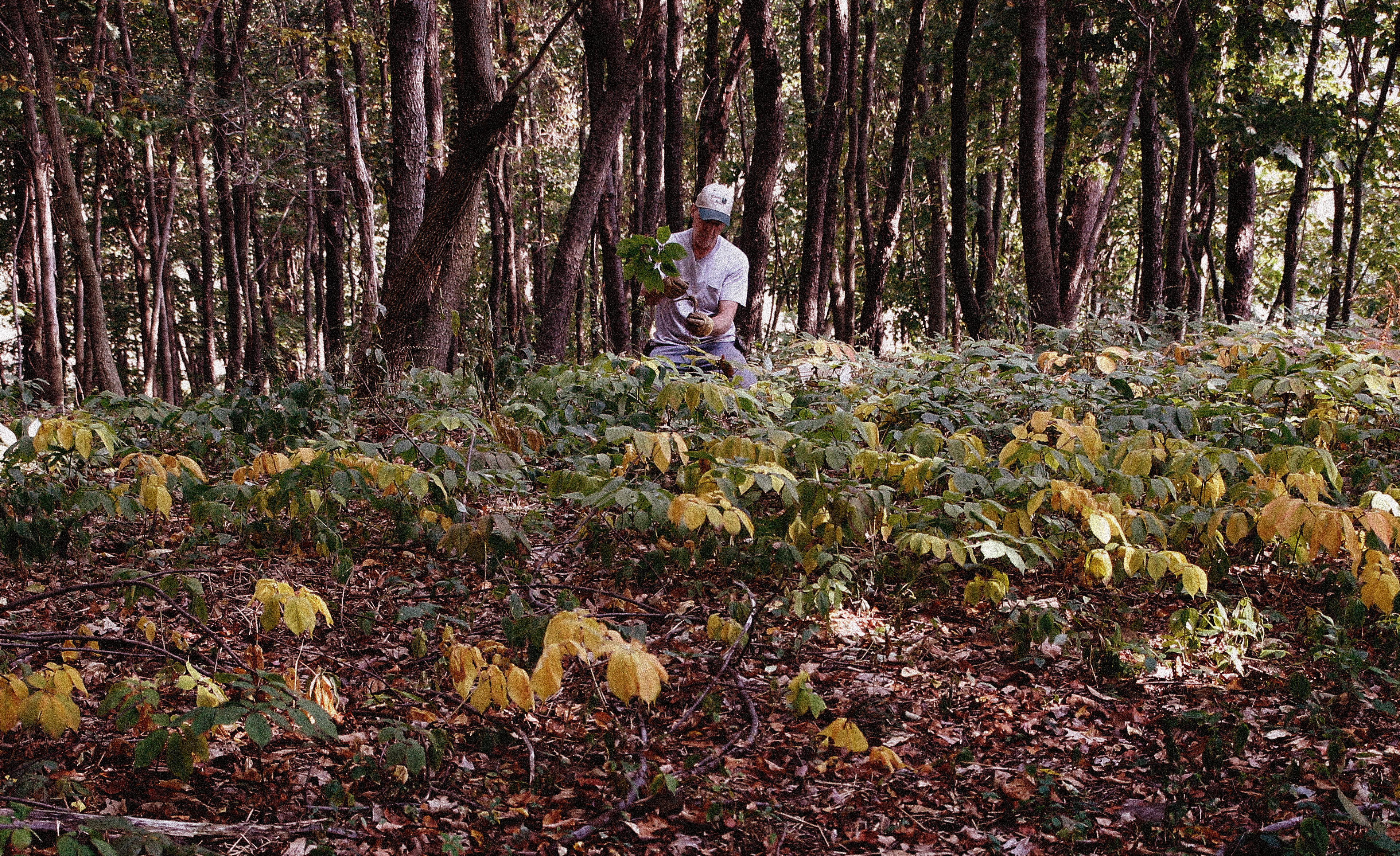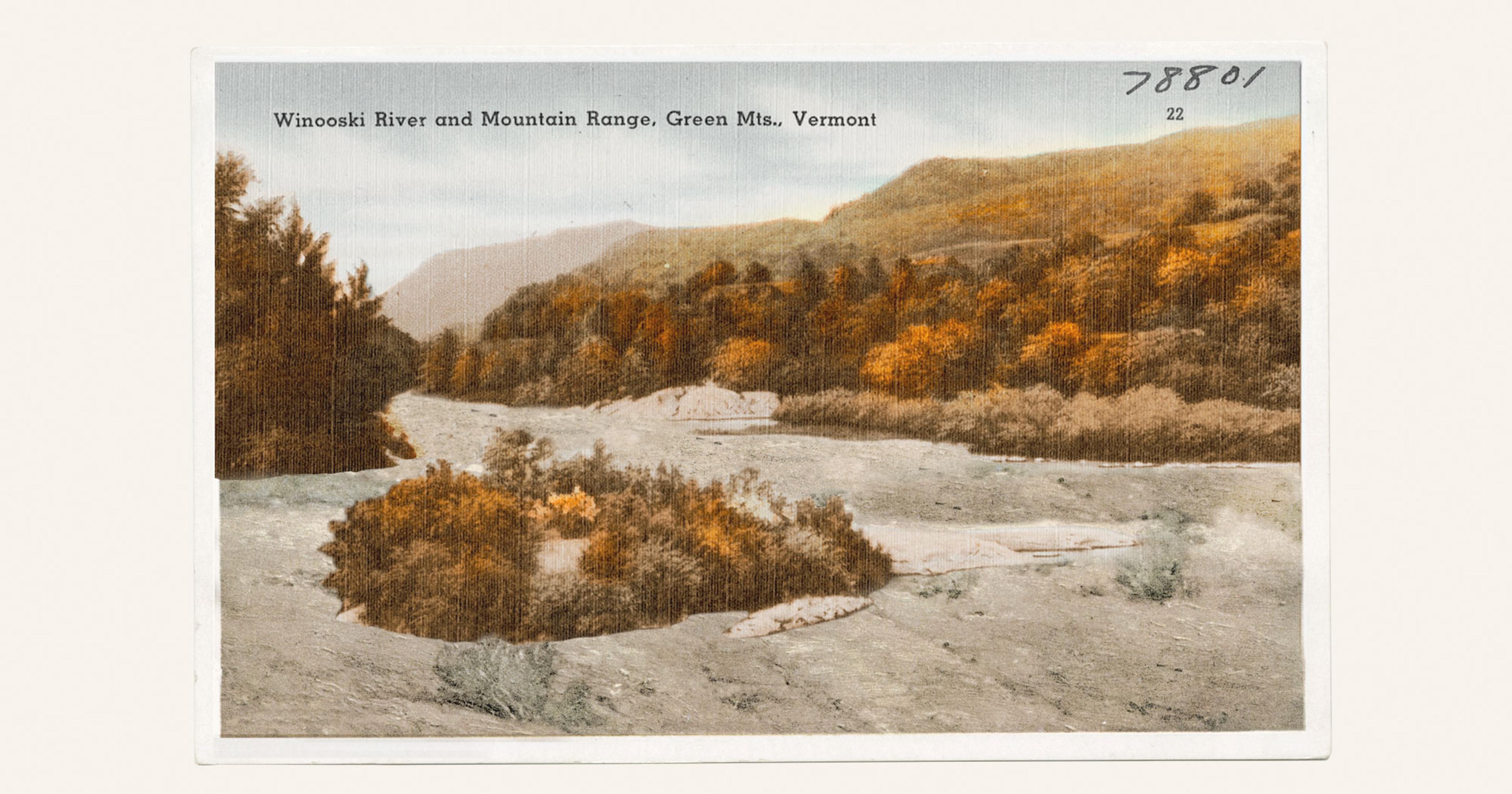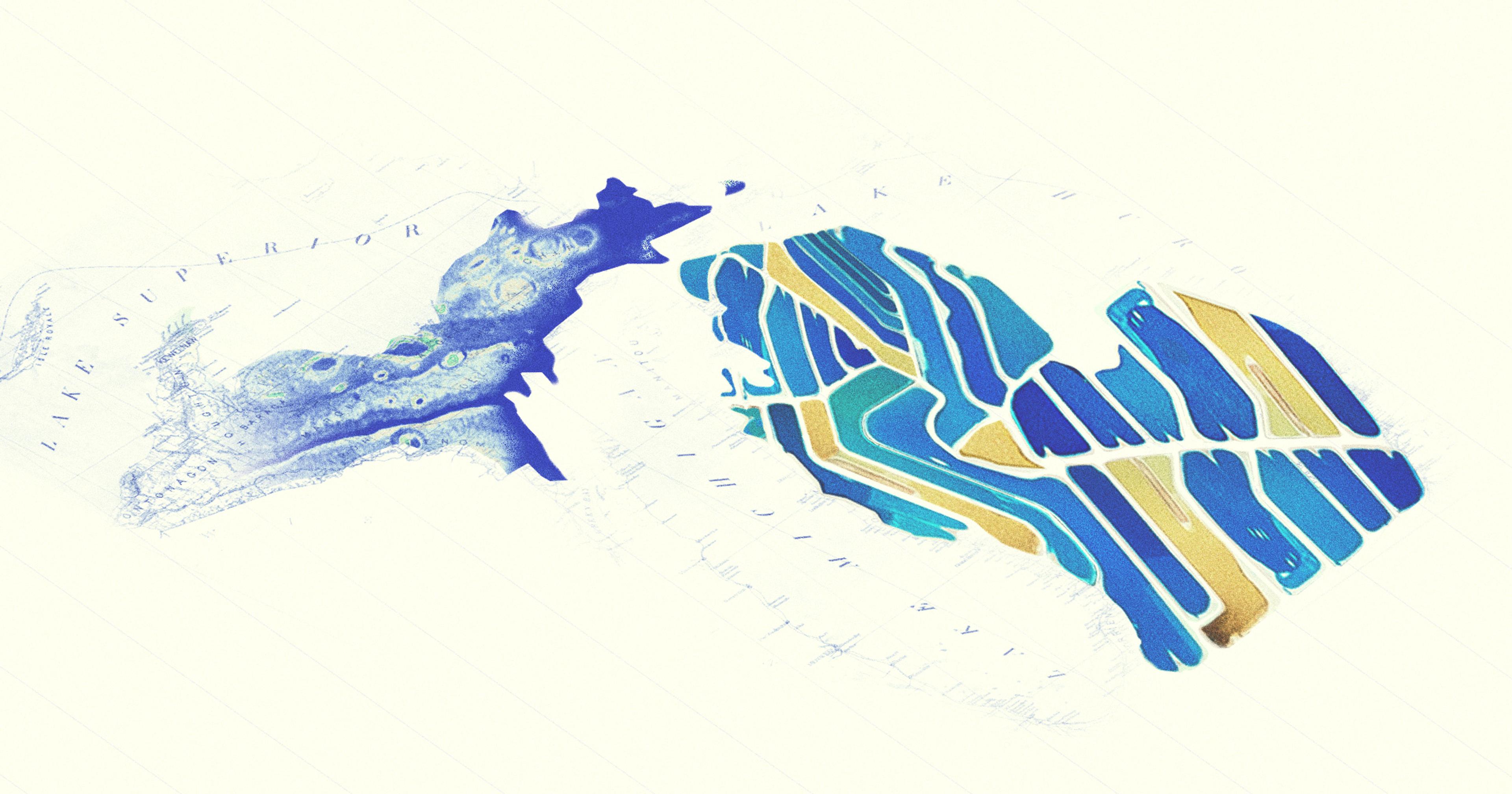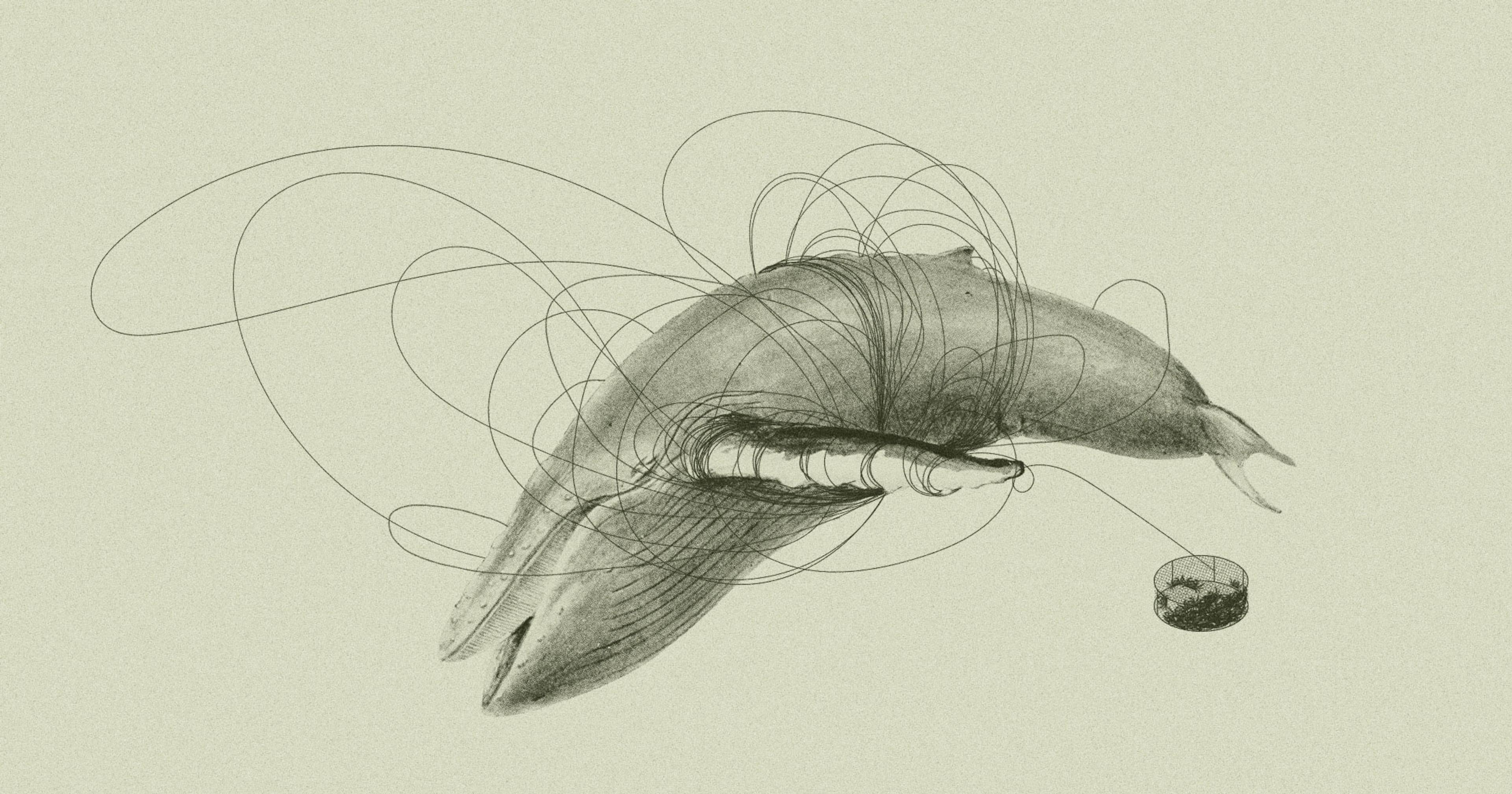We need trees more than ever — but seedlings are in short supply.
Picture a tree seedling on the forest floor, tiny and fragile. In a shifting climate, these seedlings are supporting the future with their spindly branches — and that burden is growing.
As forest fires, insect outbreaks, and other climate-related pressures intensify in North American forests, the need for tree seedlings is rapidly increasing. Meanwhile, demand for seedlings for large-scale reforestation projects to absorb carbon dioxide from the atmosphere is also on the rise.
Yet all of this is being squeezed through a bottleneck: tree nurseries — whose capacity currently falls well short of the need. “Now that there’s this shift towards greater interest, we’re quickly realizing there’s just so few seedlings produced to sustain that,” said Tony D’Amato, professor in silviculture at the University of Vermont.
Now these nurseries are starting to seek ways to boost capacity, with both small-scale initiatives, and expansions of university and government facilities. But like all things to do with trees, such efforts take time. And time, in a changing forest, is in short supply.
Starting Small
Growing a tree starts small; first, seeds have to be collected from the wild. Those seeds are then germinated and grown in beds or containers for at least a year.
It’s a deceptively simple process, and the reasons for low nursery capacity vary. In places like the Northeast, commercially and ecologically valuable species generally grew back on their own — at least until recently — limiting demand for seedlings, said D’Amato.
In other places, state governments have divested from seedling production, and production declined due to decreased funding and demand in the 1990s and 2000s.
But in recent years, the need to increase seedling supply has become apparent. “Bigger fires, bigger insect outbreaks, more people excited about trying to add forest to areas that currently don’t have forest — all these things have really pushed for more planting,” said D’Amato. “When you get above any scale that’s beyond a hobby project, you’ve realized there’s just not a lot of seedlings being produced.”
That deficit can reach staggering numbers: For instance, to plant 15 percent of the forest lost in Canada’s devastating 2023, 2024 and 2025 (so far) wildfires, the Canadian Tree Nursery Association estimates it would take 6.8 billion seedlings.
Some institutions have started to leverage public funding to meet that demand.
States Step In
In 2019, New Mexico’s state forester invited Matthew Hurteau, a professor in the department of biology at the University of New Mexico, along with two other researchers, to a meeting to help draft the reforestation section of the state’s forest action plan. In that session, they realized there was no way to accomplish the state’s goals — there simply weren’t enough seedings. “And so basically it was the four of us trying to figure out how to make that happen,” said Hurteau.
The resulting plan is to build a nursery with state and federal funds that will ultimately produce 5 million seedlings a year, starting with 1 million seedlings annually by 2028 — an increase up from 200,000 a year with current capacity.
Hurteau said they’ve already started seed collection and aim to provide a genetically diverse supply for the most common species, as well as a stock of less common but culturally important trees. Sale of seedings will cover the expense of operating the facility, but public funding for capital costs is important, Hureteau said, as there hasn’t been much of a business case for seedling production in the region, which can make it challenging to source the right local seedlings (a problem stymying other projects restoring ecosystems with native plants). “Here in the Southwest, we don’t have a timber industry, right? It’s not like you’re planting tomorrow’s dimensional lumber. It’s really about restoring watershed function and stuff like that.”
Increasingly, the ecology of forests is being compromised by extreme weather; in many places, fires are destroying the seed-producing mature trees as well as the seeds in the soil, meaning areas are too severely burned to regenerate on any human time scale. This requires more seedlings, and to fill the gap, California’s department of forestry and fire protection is currently designing an expansion of California’s only state-run nursery and seed bank, to quadruple its production of Douglas fir, coast redwood, and other coniferous species.
Topher Byrd, statewide reforestation coordinator at Cal Fire, said even an increase to a million seedlings produced a year, up from 250,000 today, still falls well short of what’s required. “We are definitely still behind the curve in terms of meeting the overall need for reforestation,” said Byrd. “Even if we were able to increase our capacity to five million, that’s still such a small drop in the bucket.”
Lack of existing capacity isn’t the only issue. In some places, seedling production isn’t always well-suited to the forest conditions of the future — prompting small nurseries to step in.
Farmers Band Together
In Minnesota, a network of growers called the Farm & Forest Growers Cooperative is starting to produce hardwood seedlings, spurred by research from the University of Minnesota, Duluth. In some parts of North America, the changing climate favors hardwood trees. But even where seedling production has existed, nurseries have often focused on conifers favored for timber production. That’s left a gap in the supply of species that will make up future forests — a hole that small-scale growers are trying to fill.
One of the co-op’s growers, Stefan Meyer of 3 Oaks Forest Farm in Minnesota, said despite being an experienced farmer, growing trees is a different beast. Meyer is currently growing several species of oak and maple, as well as yellow birch — a species for which there’s a lot of demand, and few suppliers. But the co-op’s focus isn’t just species diversity; growers are producing seedlings from seeds collected across southern and central Minnesota, to ensure broad genetic diversity. Those seedlings are then planted in the northern part of the state, where research suggests their southern genetics will help them withstand a warming climate.
Meyer, who is also the co-op’s coordinator, said while there is a state nursery, the co-op is the only entity paying close attention to migrating tree genetics northward. And while the co-op is meant to help its several dozen members benefit economically, Meyer said most growers, himself included, are motivated by concern for the future.
“They’re already seeing drastic changes [in] the forest around them. And this is why … they’re like, ‘I need to be doing something. I need to be an active participant and somehow helping to solve this issue.’”
In April, the co-op was dealt a blow, with the loss of USDA funding, but Meyer said they’ve dug in their heels and aim to get to producing 500,000 seedlings annually in the next five years.
“When you get above any scale that’s beyond a hobby project, you’ve realized there’s just not a lot of seedlings being produced.”
Seedlings are also needed to plant the trees that bolster climate targets. In New York State, The Nature Conservancy has launched a nursery incubation program to increase nursery capacity for reforestation programs; to meet net zero targets (where greenhouse gas emissions are balanced by carbon removals), the state has a goal of planting 25 million trees by 2033, which will require millions of additional seedlings.
The program is meant to provide funds for nurseries to increase seed collection or purchase greenhouses and tractors. TNC restoration manager Mandy St. Hilaire said that making it clear there will be buyers for the seedings — as the Nature Conservancy does with the incubation program, by contracting with nurseries ahead of time — is essential; otherwise, nurseries are leery of the risk of growing trees for future demand. “Being able to better coordinate that demand signal and de-risk that capacity investment with nurseries is really key, in order for them to be able to respond to this call to action.”
In the meantime, scientists say being strategic with seedlings can help with supply issues. At the University of New Mexico, Matthew Hurteau has been building a model to help determine where planted seedlings are more likely to be successful.
While conducting field research to build the model, he noted survival of planted seedlings as low as 13 percent; increasingly, severely burned landscapes are too hot and dry for seedlings to survive (“it basically cooks the little buggers,” said Hurteau). That’s a lot of waste when seedlings are already in short supply, but using data to refine planting locations can help the limited supply go farther on the landscape, Hurteau said — and this could ultimately help foresters direct nursery capacity to where it’s most likely to have an impact.
Ultimately, none of this can happen overnight, and the need is urgent — but that’s the tension of living in an era of accelerating climate change. In the long-term, trees can help support a liveable future. Tree nurseries can plant the seed.

